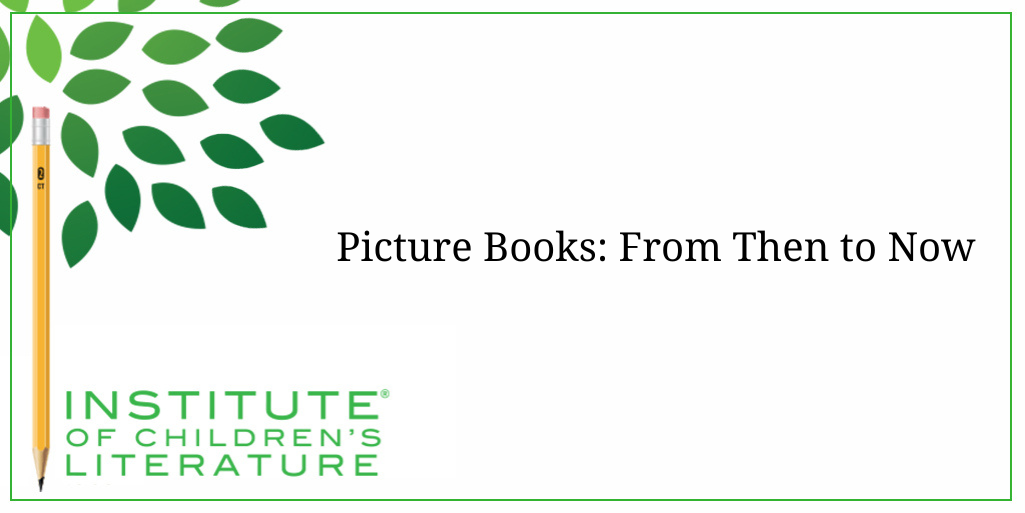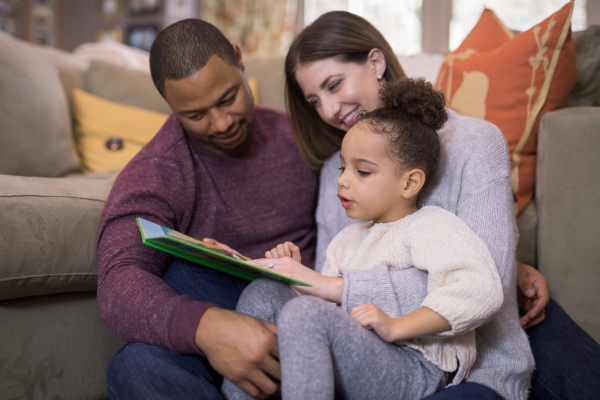
5 Ways Writers Can Prep for 2025 Goal Setting
Before we roll on to the new writing year, let’s harness our optimism for the blank slate before us and prepare for our 2025 Goal Setting just for writers.

For all of us today, picture books have been part of our entire lives, and yet the form as we know it isn’t terribly old. While it could be argued that the children’s book truly began in 1744 with a stories, rhymes, and games collection by John Newbery, that picture book had to wait quite a while for its birth.
When you think of picture books as a shared storytelling between writer and illustrator, that book form began in the mid to late 1800s and the parent of the true picture book is illustrator Randolph Caldecott. Caldecott’s illustrations expanded the story instead of merely decorating it. This means picture books haven’t always been an important part of children’s lives, but they certainly seem to be here to stay.
These days, some people worry about the increasing use of AI signaling the end of the jobs of writers and illustrators. I think the picture book is far too important for that. This isn’t the first time we’ve heard rumblings about the destruction of the picture book. When eBooks entered the marketplace, picture book writers worried. Would eBooks result in every young child clutching an electronic device for their stories? Would the device read to them and cut the connection picture books offer between parent and child?
Certainly electronic picture books and early childhood apps popped up, but the marketplace showed a clear preference for the physical, tangible, paper picture book, the one that acted as a connection point between adults and children. The contents of picture books, both the stories and the illustrations, are also deceptively complicated and well beyond the ability of the great copier that is AI.
Picture books introduce children to the world, but they also remind adults of the wonder and challenge of childhood. Picture books educate children, but they also make parents better. Part of the reason children who are read to do better throughout their young lives is because parents who read aloud are also changed by the experience. During the read-aloud experience, parents shuck off the demands of adulthood, dive back into childhood, and are refreshed and changed by it. They connect with their children in the moment because of the shared connection with this magical thing: the picture book.
Books have not always been overly focused on providing a joyful experience for readers, and this is especially true for young readers. Text directed at children was meant to be intellectual medicine. If it was a story, it should impart a solid moral lesson. If it was nonfiction, it should educate. Then along came a British philosopher named John Locke at the end of the end of the 1600s, He believed children learned more if they were enjoying the experience. That was a wildly novel idea. But Locke wasn’t a wild dreamer. He wasn’t comfortable with stories that escaped reality. Fun should, after all, have limits.

It wasn’t until the United States became interested in producing more readers, children who chose to read, and didn’t see it as drudgery, that the fun stories were allowed into the educational sphere in large numbers. Plodding beginning readers were tossed aside for wild stories with chaotic cats in hats or desperate characters pursued to take just one bite of green eggs and ham. Joyful reading became such an important part of childhood that many adults today can still recite lines from books that taught them to read with laughter and entertaining pictures.
Publishing and children’s books continue to grow and change. In one way, the children’s book format became fractured because we invited fun into the classroom. Books had to be divided by purpose to make them the most useful in the classroom. That is why we have beginning readers, which are like picture books in that they have lots of pictures and minimal text, but the point of the book is to help children learn to read. These also try to be lively and fun (with the illustrations playing a big part in that) but the words and sentence structures are determined by the needs of the reader. Thus, these books tend to come out of educational publishers. Even if they are done by trade publishers, the books have rarely been accepted through unsolicited submissions. This is because they’re deceptively hard to write as the educational demand is at the forefront of the book’s success.

As picture book author and illustrator Barbara Reid told Global News: “…they have become skewed a bit younger…I’m constantly working at peeling back the story to the very basics—less words, stronger images.”
In terms of content, publishers and book buyers in recent years have become aware of the homogenous culture portrayed by many of the picture books of the past. They are now seeking ways to bring in voices we’ve not heard before, and cultures that have been underrepresented or unheard.
Publishers aim to produce books where every child and every family can find someone in a book who looks like them. That doesn’t mean that the books must be focused on diversity. No matter what makes a family unique, that one thing isn’t the sum of the family or the members of it. So publishers seek stories that are touching or funny or exciting or meaningful but are also indicative of the vastness of humanity today.
What does this mean for writers? The same as it always has. We need to be aware of the ways that the market is changing in terms of format, but we also need to tell a unique story in a lively way with an engaging voice. We need to bring something that is ours, but that hasn’t been seen quite this way before. There is room for every writer, but only when we bring our very best.
With over 100 books in publication, Jan Fields writes both chapter books for children and mystery novels for adults. She’s also known for a variety of experiences teaching writing, from one session SCBWI events to lengthier Highlights Foundation workshops to these blog posts for the Institute of Children’s Literature. As a former ICL instructor, Jan enjoys equipping writers for success in whatever way she can.

Before we roll on to the new writing year, let’s harness our optimism for the blank slate before us and prepare for our 2025 Goal Setting just for writers.

Writers can be thin-skinned when it comes to getting feedback on their work. Let’s look at 4 ways to positively deal with constructive criticism!

Rejection is part of the territory when it comes to being a writer. Today we offer reflection for writers to help redirect your efforts after a rejection.
1000 N. West Street #1200, Wilmington, DE 19801
© 2024 Direct Learning Systems, Inc. All rights reserved.
1000 N. West Street #1200, Wilmington, DE 19801
© 2024 Direct Learning Systems, Inc. All rights reserved.
1000 N. West Street #1200, Wilmington, DE 19801
© 2024 Direct Learning Systems, Inc. All rights reserved.
1000 N. West Street #1200, Wilmington, DE 19801
© 2025 Direct Learning Systems, Inc. All rights reserved.
1000 N. West Street #1200, Wilmington, DE 19801
©2025 Direct Learning Systems, Inc. All rights reserved. Privacy Policy.
3 Comments
Thank you, Jan. Your inspiration never goes without notice.